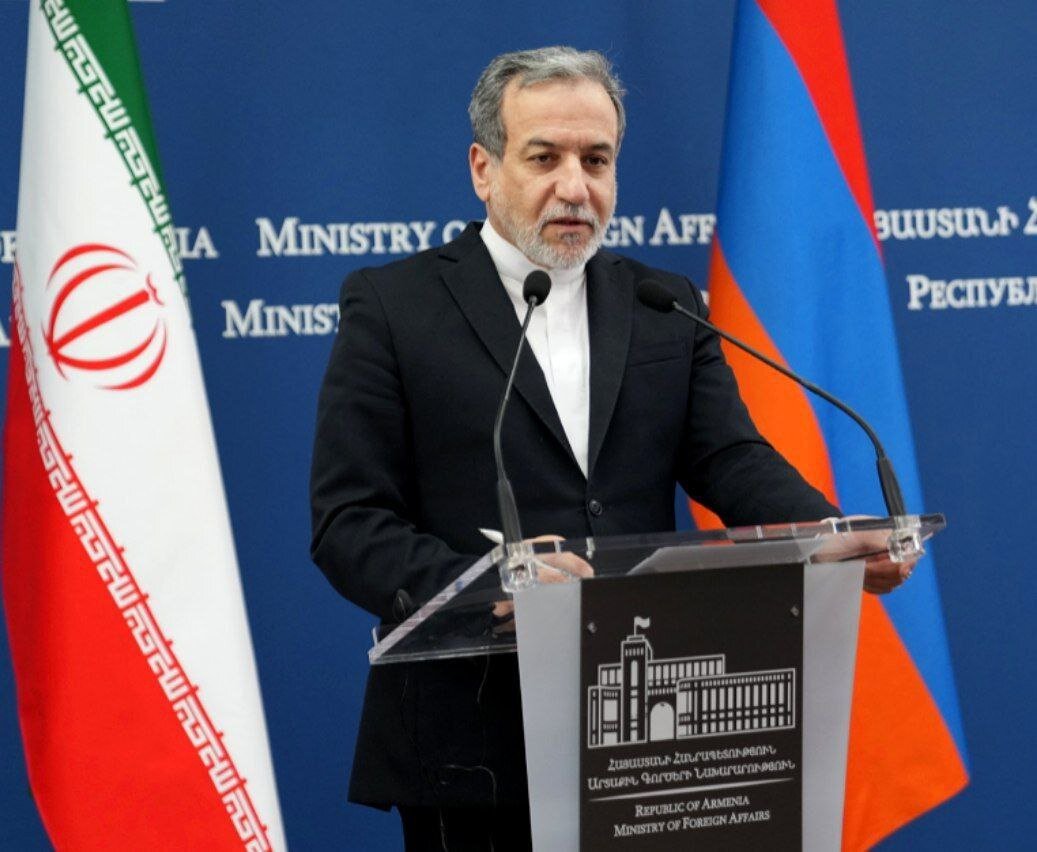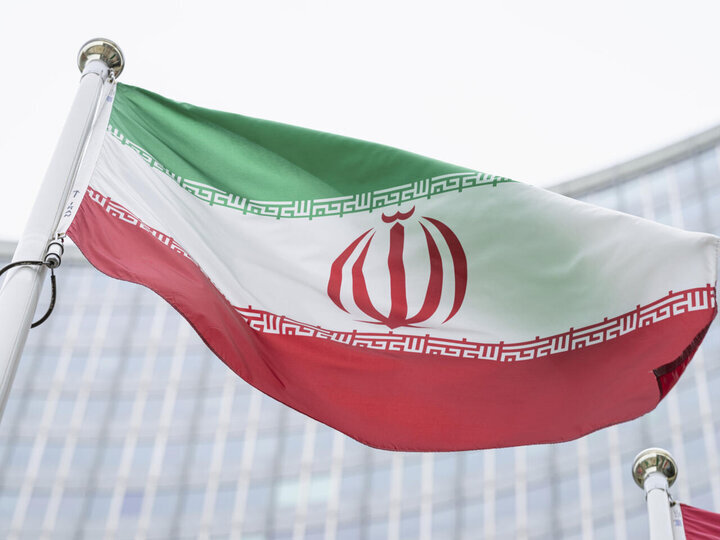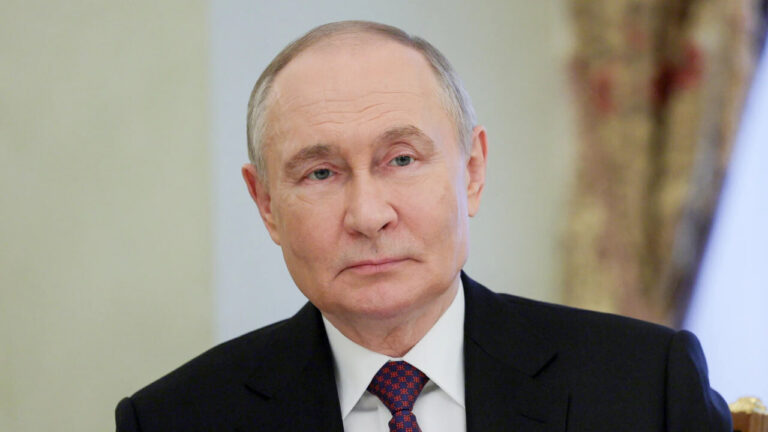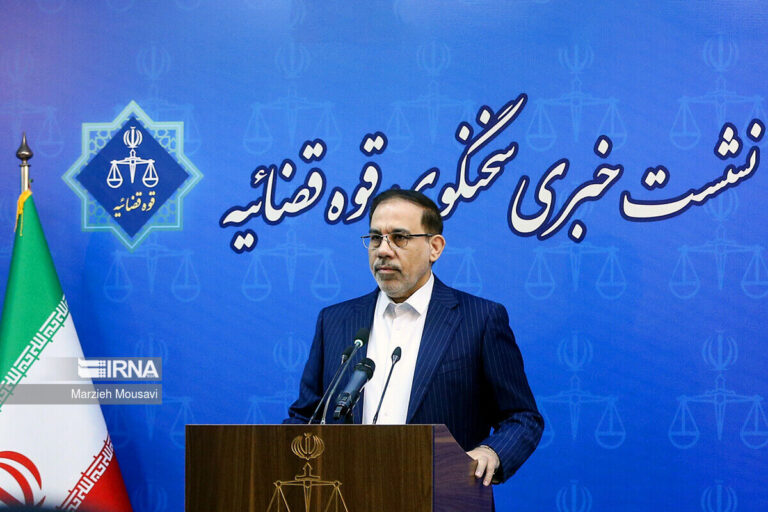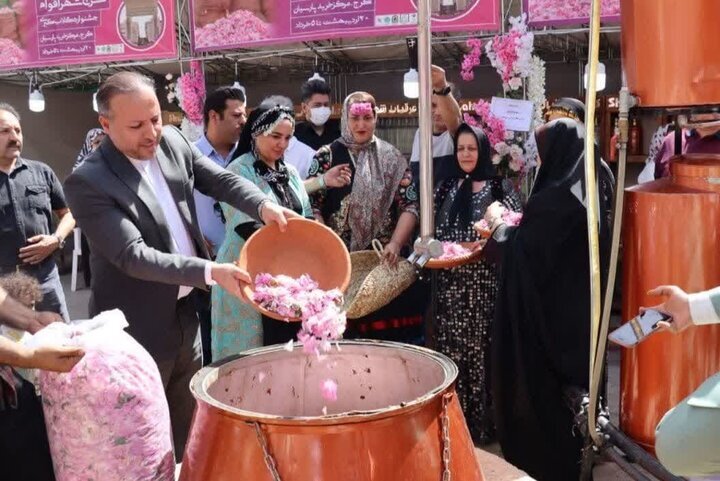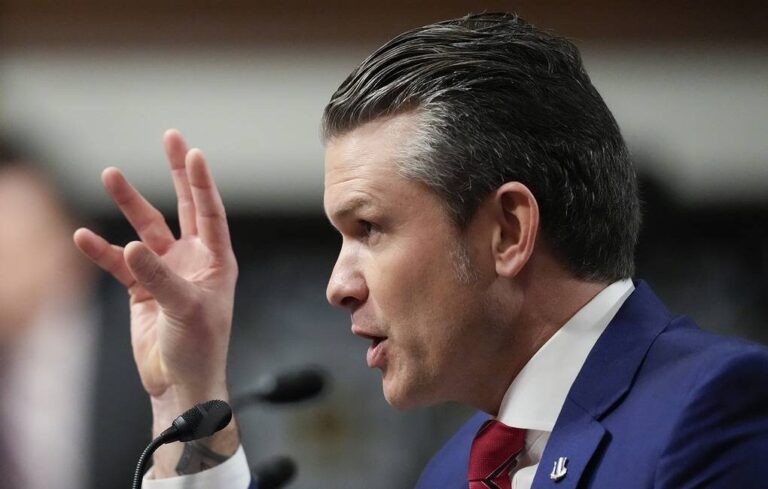Iran Responds Officially to Trump’s Letter: Key Insights and Implications
In a significant development regarding Iran’s diplomatic stance, a recent interview with Deputy Foreign Minister Abbas Araghchi has provided insights into the nation’s response to the current geopolitical climate. The interview highlights Iran’s firm commitment to its policies amid ongoing international pressure, particularly from the United States.
Araghchi revealed that the Iranian government has prepared a detailed letter addressing the points raised in a recent message from former President Donald Trump. He emphasized that the letter outlines Iran’s position on various issues and reiterates the country’s refusal to engage in direct negotiations while under “maximum pressure” and military threats.
Key takeaways from Araghchi’s interview include:
- Refusal of Direct Negotiations: Iran maintains a strict policy against direct talks while facing significant external pressures.
- Openness to Indirect Negotiations: Despite rejecting direct discussions, Iran is open to continuing indirect negotiations, similar to previous diplomatic efforts.
- Historical Context: Araghchi referenced that both former President Rouhani and the late President Raeisi engaged in indirect negotiations successfully.
“Both (former) President Rouhani’s and the late President Raeisi’s administrations engaged in indirect negotiations, and this approach remains an option,” Araghchi noted, highlighting the precedent for diplomacy that does not involve direct confrontation.
The Iranian government’s stance is clear: while it is willing to discuss matters indirectly, it will not compromise its principles under coercive tactics employed by other nations. This approach is rooted in a desire for a more stable and respectful dialogue with international partners.
As the geopolitical landscape continues to evolve, the implications of Iran’s refusal to engage in direct negotiations could have significant repercussions. The nature of international diplomacy often hinges on the ability to communicate effectively, even through indirect channels.
Araghchi’s statements reflect a broader narrative that many countries adopt when faced with pressure from more powerful nations. The emphasis on indirect negotiations suggests a strategic balance that Iran is attempting to maintain, ensuring that it does not appear weak or compliant in the face of external threats.
In conclusion, Iran’s diplomatic strategy, as articulated by Araghchi, underscores the complexities of modern international relations. The willingness to engage in indirect negotiations while firmly rejecting direct talks under pressure highlights a nuanced approach that could pave the way for future diplomatic engagements.
For analysts and observers of Middle Eastern politics, the developments surrounding Iran’s negotiation strategies are crucial. Understanding the motivations and historical context behind these approaches can provide valuable insights into potential future outcomes on the global stage.
Overall, Iran’s response to external pressures and its insistence on maintaining a particular diplomatic posture will likely continue to shape its relationships with both allies and adversaries alike. The commitment to indirect negotiations may open doors for dialogue, but it will also test the resilience of Iran’s foreign policy in the face of ongoing challenges.
